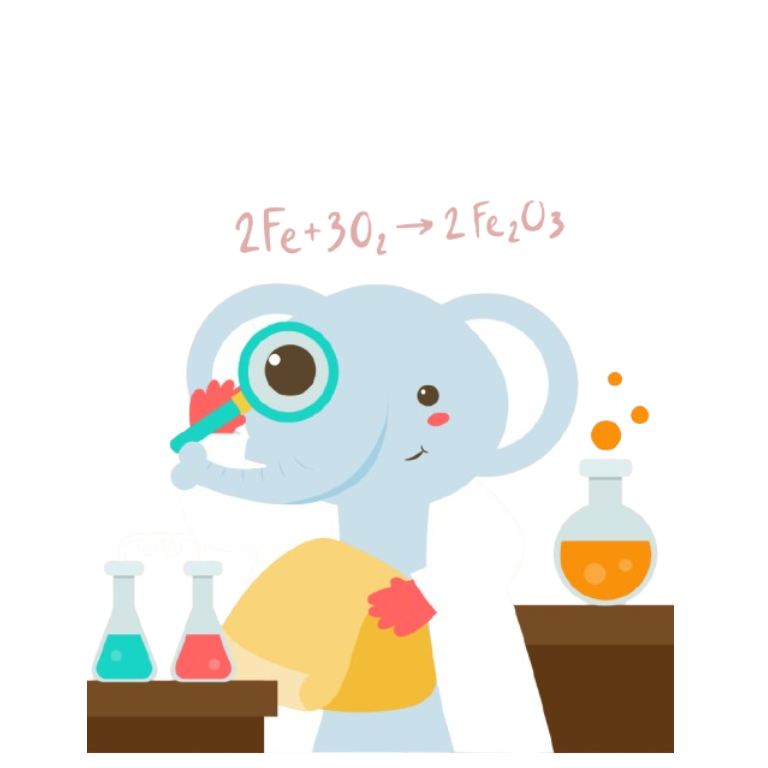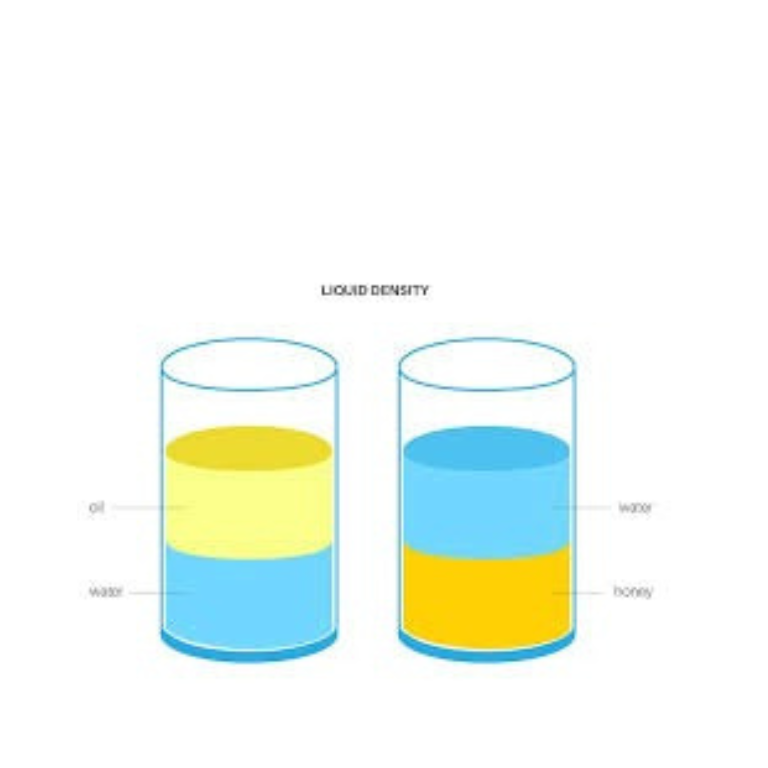Fireworks in Milk
Explore how soap disrupts the surface tension of milk, creating beautiful colorful patterns. Add drops of food coloring to milk, then touch the surface with soap to see the "fireworks" effect!
Add drops of food coloring to the milk surface. The colors should stay relatively separate due to milk's surface tension.
The Science Behind the Fireworks Effect
Surface tension is the elastic tendency of liquids that makes them acquire the least surface area possible:
- Milk's surface tension: Milk contains water, fats, and proteins that give it unique surface tension properties
- Food coloring behavior: The coloring floats on the surface due to surface tension and doesn't mix immediately
- Soap's effect: Soap is a surfactant that reduces surface tension where it's applied
- The reaction: As soap spreads, it creates turbulence in the milk's surface layer, pushing the coloring around
Soap molecules have one end that's attracted to water (hydrophilic) and one end that's attracted to fat (hydrophobic). When soap is added to milk, these molecules rush to attach to the fat molecules in the milk. This rapid movement creates the swirling effect you see as the soap molecules race around joining with fat molecules, pushing the food coloring around in the process.



